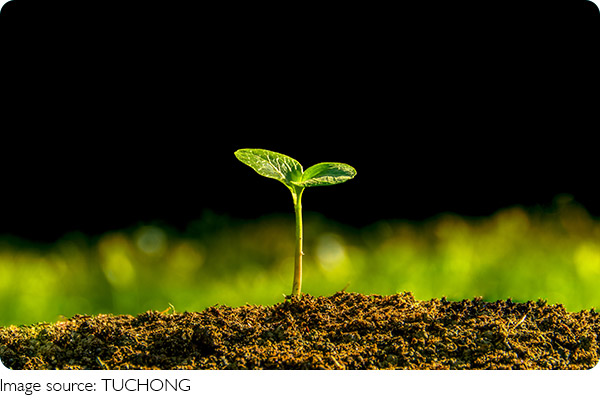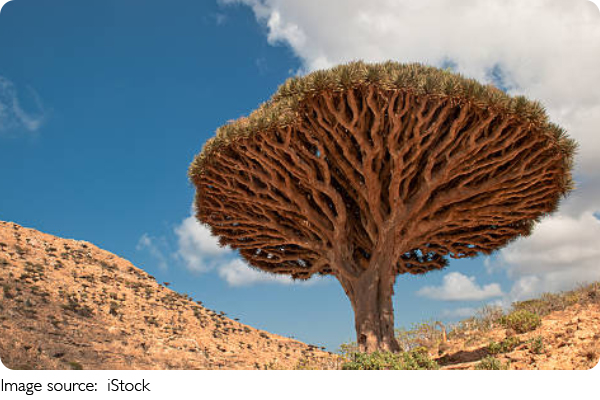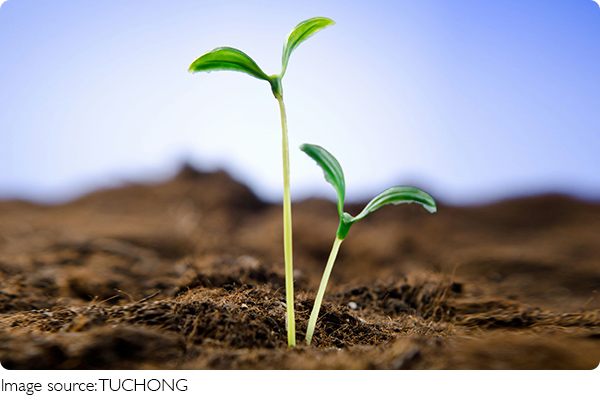Plants' Amazing Adaptability

Hey Lykkers! Plants are remarkably adaptable organisms, able to thrive in a wide range of environments—from deserts to rainforests, high altitudes to marshlands.
Their adaptability stems from unique evolutionary traits, which allow them to modify their physical structure, water intake, and even reproductive strategies to suit their surroundings.
Here’s a closer look at how plants have developed these survival skills across different climates and landscapes!
1. Desert Survivors: Thriving with Minimal Water
In arid environments, plants like cacti and succulents have adapted to conserve water with thick, fleshy tissues that store moisture. They often have spines instead of leaves to minimize water loss, and their roots are shallow but spread widely to absorb any available water quickly. These adaptations make it possible for them to survive even in extreme drought.
2. Rainforest Giants: Adapting to Constant Moisture
Rainforest plants, on the other hand, must manage an abundance of water and limited light due to dense canopy cover. Many rainforest plants have broad leaves to maximize light capture. They also have waxy coatings that help excess water slide off, preventing mold and fungi. Some rainforest trees develop buttress roots for stability in the loose, nutrient-rich forest floor.

3. Mountainous Regions: Adapting to High Altitudes and Harsh Weather
Plants growing at high altitudes face extreme cold, high winds, and intense sunlight. Many alpine plants are low-growing to stay protected from the wind, while others have hairy leaves to insulate against cold. Plants at high altitudes also produce colorful pigments that protect them from UV radiation, allowing them to absorb and utilize sunlight more efficiently.
4. Wetland Specialists: Tolerating Saturated Soils
Wetland plants, like reeds and mangroves, have adapted to environments with saturated soil by developing specialized root systems that can tolerate low oxygen levels. Mangroves, for instance, have aerial roots that grow above water to intake oxygen directly. These adaptations allow them to survive in flooded conditions that would drown most other plants.
5. Urban Adapters: Resilience in Man-Made Environments
City plants often face pollution, limited soil space, and heat from concrete surfaces. Despite these challenges, many species have shown an impressive ability to survive in urban areas. Trees like the London plane are particularly tolerant of pollution and can grow in narrow spaces, while smaller plants find niches along roadsides, thriving in areas where human activity is constant.

6. Seasonal Survivors: Adapting to Changing Climates
Plants in areas with significant seasonal changes, such as deciduous trees, have adapted to go dormant in winter and bloom in spring. This seasonal adaptation conserves energy during the colder months, allowing them to thrive when temperatures rise. Perennial plants, for instance, have developed strong root systems that help them survive multiple seasons.
7. The Future of Plant Adaptation: Climate Change and New Challenges
As global climates change, plants continue to evolve in response to rising temperatures, altered precipitation patterns, and shifting ecosystems. Scientists are observing how some plants adapt to these changes and are even working on developing crops that are more resistant to drought and heat, aiming to support global food security in uncertain environmental conditions.
Plants ability to adapt is a testament to the diversity and resilience of life on Earth. Whether in nature or cultivated environments, their survival mechanisms offer lessons in flexibility and strength, inspiring humans to consider how we might adapt to an ever-changing world!
Plant Adaptations Explained | Science | ClickView
Video by ClickView

 · Nature Team
· Nature Team